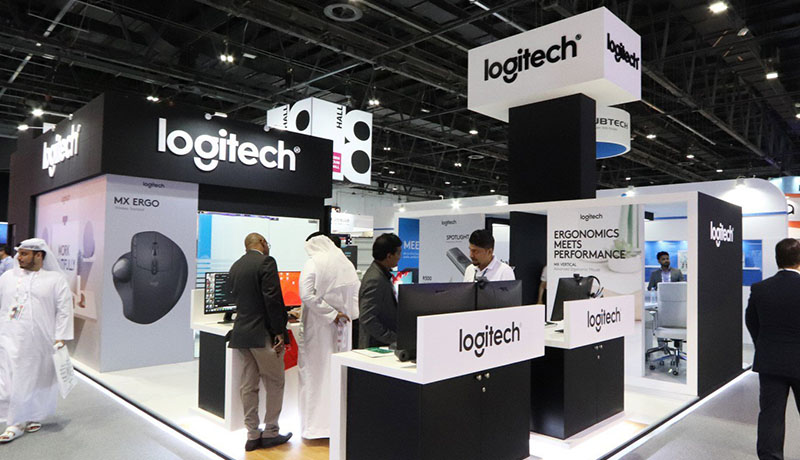
Logitech released the results of its hybrid meeting survey, which revealed that hybrid meetings may be creating uneven playing fields for meeting participants. Polling more than 500 white-collar workers in the UAE, the survey examines the state of current working arrangements, the impact of hybrid work on meetings, and the challenges that business leaders and employees face in this new way of working.
Despite companies encouraging workers to return to their physical offices, the study found that more than half of respondents (55%) would prefer to work in a hybrid or entirely remote environment.
Loubna Imenchal, Head of Enterprise Business at Logitech, Africa, Middle East, Turkey and Central Asia said “There’s no going back to how work used to happen as employers and workers have gotten used to hybrid working.”
Imenchal added “This is exactly why businesses need to embrace this change and provide their workforce with the right tools and resources to manage the set of challenges and pressure that arise.”
Organizations have adapted to new ways of collaborating to accommodate the varying working arrangements of their workers. Hybrid meetings, which have a mix of virtual and in-office participants in different locations, are becoming more common.
According to the survey on hybrid meetings, 51% of participants who joined electronically thought they had fewer opportunities to develop relationships with meeting attendees. In addition, 47% felt less involved than in-person meeting attendees, and 58% agreed that their input would be valued more if they were physically there instead of virtually.
75% of the respondents believe that hybrid meetings would be more productive if all participants had an equal chance to speak and contribute and 59% agree that they tend to engage more when the participants are in the same room.
The majority of respondents (48%) and 42% of respondents said that connectivity problems and poor audio quality are the two biggest worries when it comes to hybrid meetings. 38% of respondents also said that during hybrid meetings, they had trouble seeing or hearing in-person participants. Hybrid meetings were also identified as having interpersonal difficulties, including participants not paying attention (37%), bad video quality (36%), individuals arriving late (32%) and being talked over by other attendees during meetings (31%)
Organizations can address these issues by making sure employees have access to technology like string network connectivity and video conferencing devices.
In fact, the survey revealed the critical role of video conferencing technology in solving the meeting equity problem. More than 7 in 10 respondents (77%) agreed that hybrid meetings are more engaging when video conferencing systems with high-quality audio and video output are used.
meeting room devices, personal headsets and webcams are considered vital elements by Logitech for better quality and experience of video meetings. With a growing hybrid work environment, companies must focus on important aspects like enabling seamless collaboration, fostering engagement and placing virtual meeting participants on equal footing with their counterparts in the conference room.
Equip: Provide teams with enterprise-level equipment such as in-room video conferencing systems, webcams, microphones, and earbuds. This enables organizations to build a consistent, reliable experience that is natively integrated with its ecosystem of choice. Video conferencing systems also provide remote participants with a full view of everyone in the office meeting room through multiple cameras with different perspectives, placing them in the best seat in the room and helping them feel more included, leading to more engaging, collaborative meetings.
Simplify: With employees constantly switching between in-office and home work environments, creating an easy employee experience by ensuring that the home office closely resembles their office set-up will emerge as a top priority for organisations. Companies will have to identify pain points for both in-office and virtual meeting participants when setting up internal hybrid meeting systems, considering factors such as usability and complexity of equipment and meeting set-ups.
Empower: Fostering meeting equity requires facilitators and organizers to take an active approach to empower and encourage engagement from virtual participants. They have to practice active facilitation, minimize visual and audio clutter and minimize side conversations.
Companies that aim to organize inclusive and participatory meetings have additional obstacles due to the combination of remote and in-person participants, especially in hybrid work arrangements. Nevertheless, meeting planners can improve the fairness and productivity of the workplace by using contemporary video conference technology like those made by Logitech.